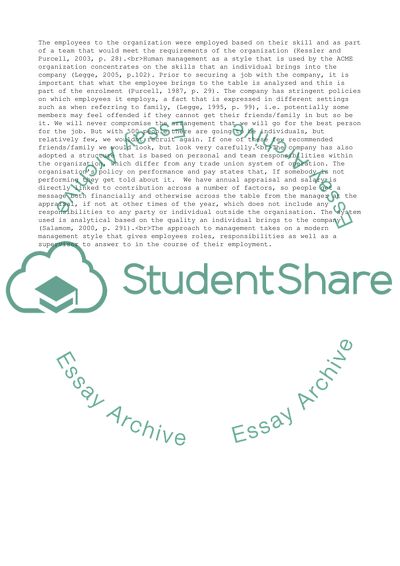Cite this document
(HR3012CN Managing Employee Relations in Contemporary Organisations Essay - 1, n.d.)
HR3012CN Managing Employee Relations in Contemporary Organisations Essay - 1. https://studentshare.org/management/1777548-hr3012cn-managing-employee-relations-in-contemporary-organisations-essay-two
HR3012CN Managing Employee Relations in Contemporary Organisations Essay - 1. https://studentshare.org/management/1777548-hr3012cn-managing-employee-relations-in-contemporary-organisations-essay-two
(HR3012CN Managing Employee Relations in Contemporary Organisations Essay - 1)
HR3012CN Managing Employee Relations in Contemporary Organisations Essay - 1. https://studentshare.org/management/1777548-hr3012cn-managing-employee-relations-in-contemporary-organisations-essay-two.
HR3012CN Managing Employee Relations in Contemporary Organisations Essay - 1. https://studentshare.org/management/1777548-hr3012cn-managing-employee-relations-in-contemporary-organisations-essay-two.
“HR3012CN Managing Employee Relations in Contemporary Organisations Essay - 1”. https://studentshare.org/management/1777548-hr3012cn-managing-employee-relations-in-contemporary-organisations-essay-two.


